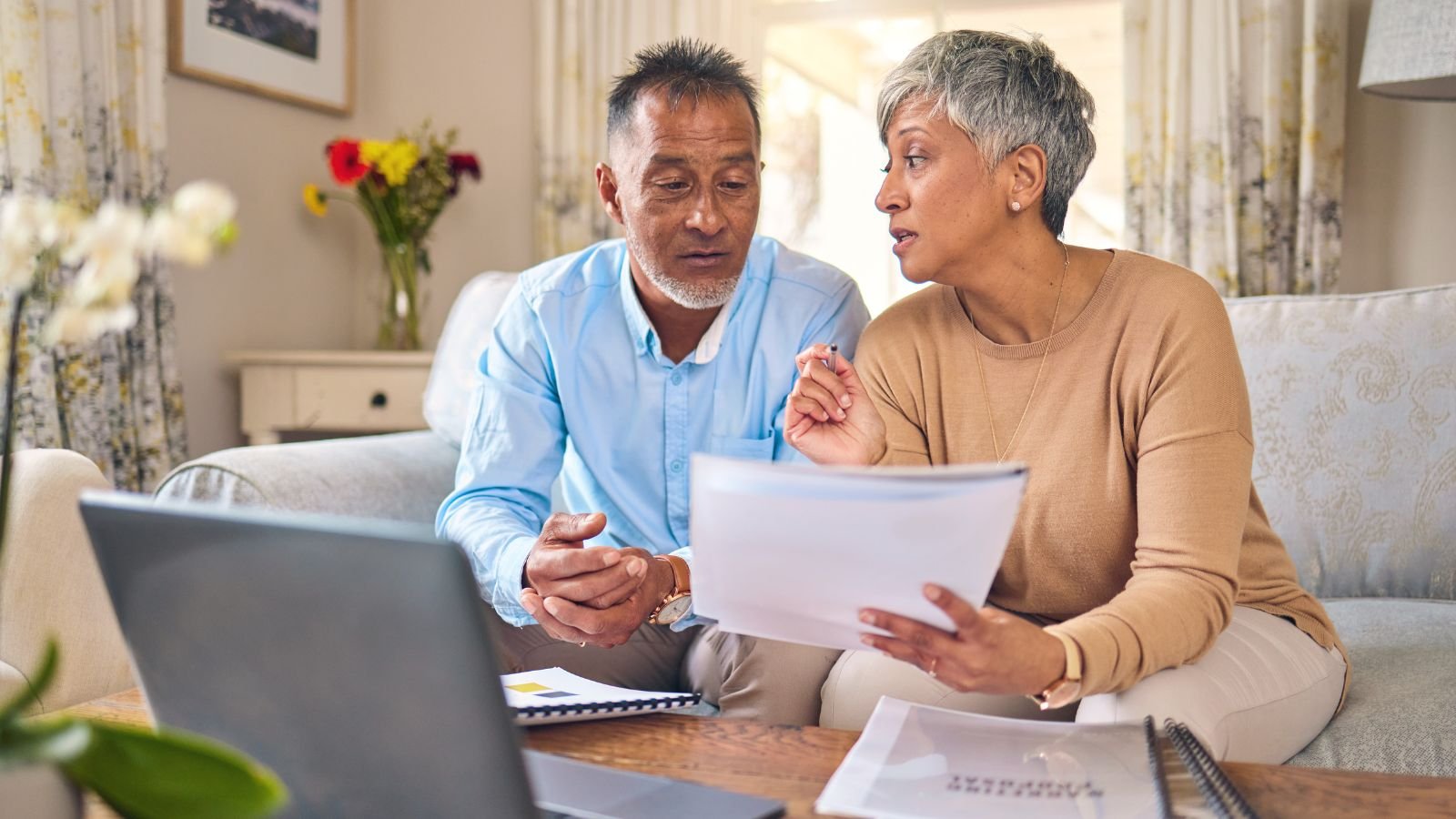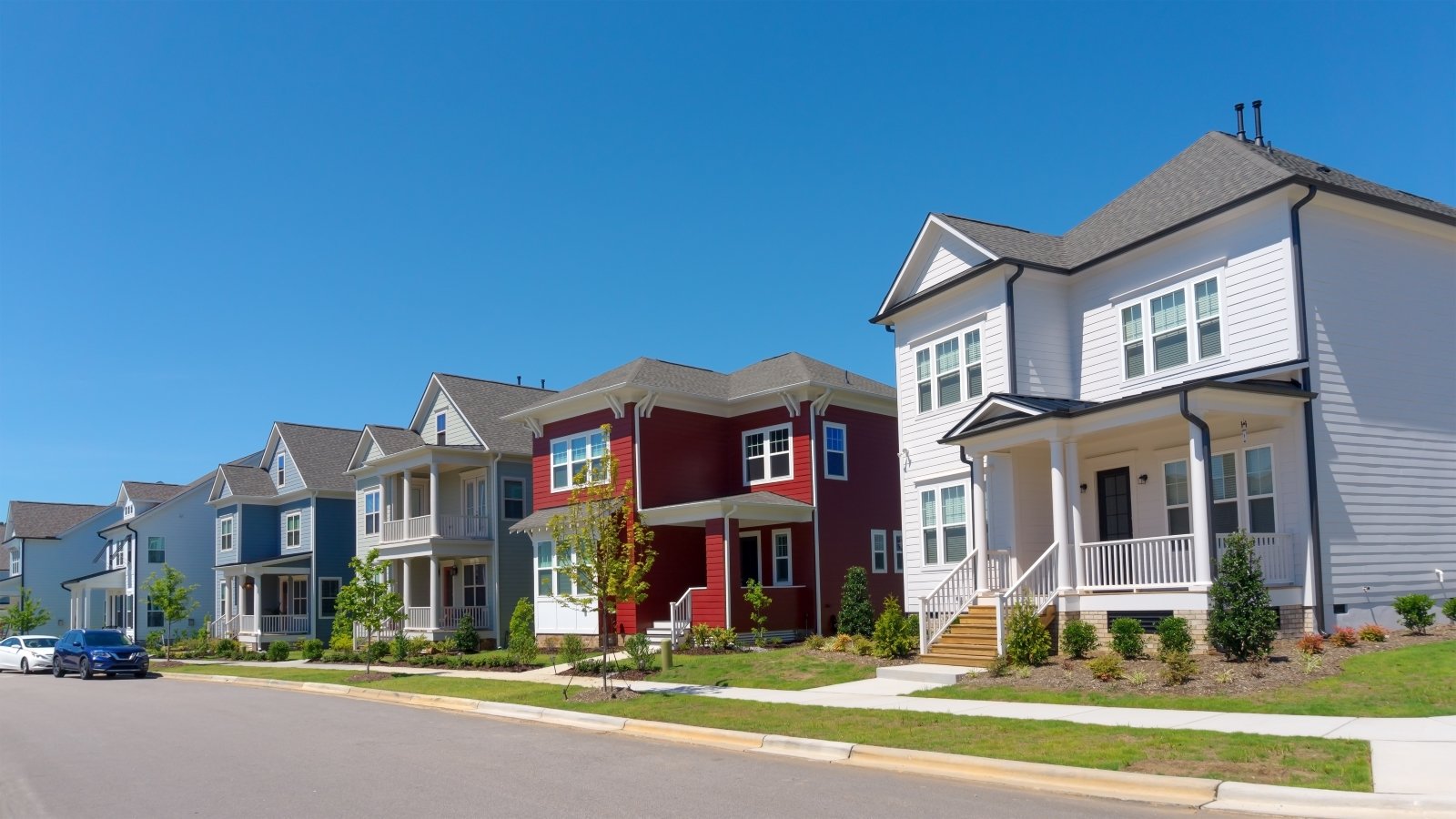Retirement is the period in your life when you should be able to enjoy your free time to pursue your hobbies and passions, reaping the benefits of your hard work. However, managing finance on a fixed income can be challenging for many retirees. Paying bills and having money to pursue other things can be difficult after retirement. Fortunately, there are various programs and resources available in the USA to help retirees pay essential bills and live without constant financial worry.
Here is a list of four major bills you can get assistance with after retirement.
Healthcare Costs

After retirement, healthcare becomes one of your most significant expenses. As you age, you require more medical assistance to stay healthy and fit. The cost of prescription medications, premiums, deductibles, and co-pays can easily become a financial burden. To cope with these, here are some programs that can help you manage healthcare expenses:
Medicare

Medicare is a federal program for people aged 65 and older and for some younger individuals with disabilities. This program provides health insurance that covers various healthcare expenses, including hospital care (part A), medical services (Part B), managing prescription drug costs (Part D), and resources for mental health care.
Medicaid

Medicaid is another program jointly funded by states and the federal government. It provides health coverage to low-income adults, children, pregnant women, elderly adults, and people with disabilities. It can help cover costs not covered by Medicare, including long-term care services.
Energy Costs

On average, American spends around $ 4,000 a year on utility bills. This significant expense can consume a large portion of your retirement income and may be challenging to manage. To ease this burden, the federal government offers several programs to assist with utility costs.
LIHEAP

The Low-Income Home Energy Assistance Program (LIHEAP) provides financial assistance to low-income households for paying energy bills. Each state sets a specific household income limit, and to be eligible for LIHEAP, your income must fall below this specific limit. This program covers heating and cooling bills and offers emergency services during an energy crisis. You can contact your state’s LIHEAP office to check your eligibility for the program.
WAP

The Weatherization Assistance Program (WAP) helps reduce energy costs by improving your homes’ energy efficiency. Under this program, you can get assistance with services like insulation and heating system repairs to save more energy. To qualify, you must meet specific income limits or be a beneficiary of a federal assistance program such as Temporary Assistance for Needy Families (TANF) or Supplemental Security Income (SSI).
Lifeline

The Lifeline program helps you manage the expenses of your landline, cell phone, or internet bills. To be eligible for this program, you must meet certain criteria regarding age, income, household size, and more. Individuals receiving benefits from federal assistance programs are also eligible for the Lifeline program.
Housing Costs

Rent is a major expense that can consume around one-third of your retirement income, leaving you with limited funds for other needs. Managing all expenses alongside rent can be hard for senior citizens after retirement. Applying for a federal rental assistance program can provide significant financial relief.
Housing choice voucher (Section 8)

A housing choice voucher, or Section 8, is a government program that provides financial assistance to low-income families, seniors, and people with disabilities. Based on your total annual gross income and the size of the family, you can get help paying rent for safe and affordable housing.
Subsidized Rental Housing

Under this program, the government pays apartment owners so they can offer affordable rent to low-income tenants. To find such homes, you can contact your nearest public housing agency. However, before applying, you need to know that you have to meet certain eligibility criteria for subsidized housing.
Food Expenses

According to a report, the average American household spends around $475.25 a month on groceries, totaling $5,703 annually. Managing these expenses on a retirement income can be difficult, but maintaining a nutritional diet is essential. That’s why the government has designed several programs to ensure senior citizens have access to affordable and healthy diets.
Supplemental Nutrition Assistance Program (SNAP)

The Supplemental Nutrition Assistance Program (SNAP) provides benefits to help pay for certain grocery items. These benefits are usually accepted at all grocery stores, including local farmers’ markets. To be eligible for SNAP, you must meet certain criteria related to income, the money you have in your bank, and household sizes as determined by each state. You can contact your nearest SNAP office to check your eligibility and obtain more information.
Food Assistance Programs for Older Adults

Many states offer food assistance programs for low-income individuals aged 60 or older. Under this program, the government provides vouchers for fruits, vegetables, honey, herbs, and a monthly package of healthy food. You must comply with federal poverty income guidelines to be eligible for these programs. Contact your state SFMNP and CSFP program to apply for food assistance.
